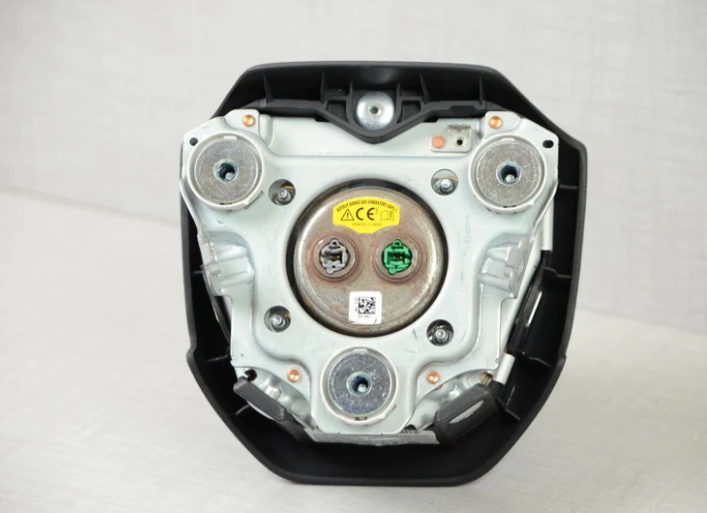When it comes to features that distinguish Honda Pilots as one of the safest vehicles on the road, the spotlight shines on its suite of airbag technology. Airbags are a critical component of modern vehicle safety systems, and Honda has long been at the forefront of innovation in this area. In this in-depth review, we’ll explore the various airbags equipped in the Honda Pilot and how they work together to safeguard you and your loved ones in the unfortunate event of a collision.
Understanding the Airbag
best auto parts store are a staple in the realm of automotive safety, designed to deploy quickly in the event of a crash to provide a cushioning effect and reduce the risk of serious injury or even death. While airbags represent an essential aspect of passive safety systems, it’s important to note that they are not a replacement for seatbelts—these two safety features are meant to work in tandem.
In the Honda Pilot, airbags are a combination of sophisticated sensors, inflators, and the bags themselves. The system is designed to sense a collision-worthy impact and trigger the deployment of appropriate airbags to protect vehicle occupants.
The Array of Airbags in the Honda Pilot
The Honda Pilot doesn’t skimp when it comes to your safety, featuring an impressive array of airbags throughout the cabin. These include:
• Dual-Stage, Multiple-Threshold Front Airbags: Deploying at different rates depending on severity and where occupants are in relation to the airbag can reduce the risk of airbag-related injury.
• SmartVent® Front Side Airbags: These inflate to protect the driver’s or front passenger’s upper torso in side-impact collisions.
• Three-Row Side Curtain Airbags with Rollover Sensor: Providing head protection for all outboard seating positions, even in a rollover.
• Driver’s Knee Airbag: Reducing injury severity to the lower extremities and to prevent lower body injuries in frontal crashes.
The Honda Pilot’s airbag system is an extensive web of protection, responding to a variety of accident scenarios to provide the best possible safeguard for occupants.
Enhanced Safety Through Airbag Innovation
Over the years, Honda has continuously improved its airbag technology. One innovative feature present in the Honda Pilot is the Occupant Position Detection System (OPDS). This system can detect the size and position of the front passenger and adjust the deployment of the airbag accordingly.
Honda’s commitment to safety has also led to the implementation of pedestrian airbags in some international markets, which can reduce pedestrian injury in the event of a collision. Although pedestrian airbags aren’t yet a standard feature in the Honda Pilot, the company’s ongoing research and development in this area promise more comprehensive safety measures in the future.
Conclusion
The Honda Pilot’s airbag system is a testament to the brand’s dedication to safety. As the first line of defense in the event of a collision, these airbags exemplify Honda’s ethos of engineering vehicles that don’t just move people but protect them as well. The next time you buckle into your Honda Pilot, feel confident knowing that you’re surrounded by one of the most advanced airbag systems on the market.
Blog & Magazine
